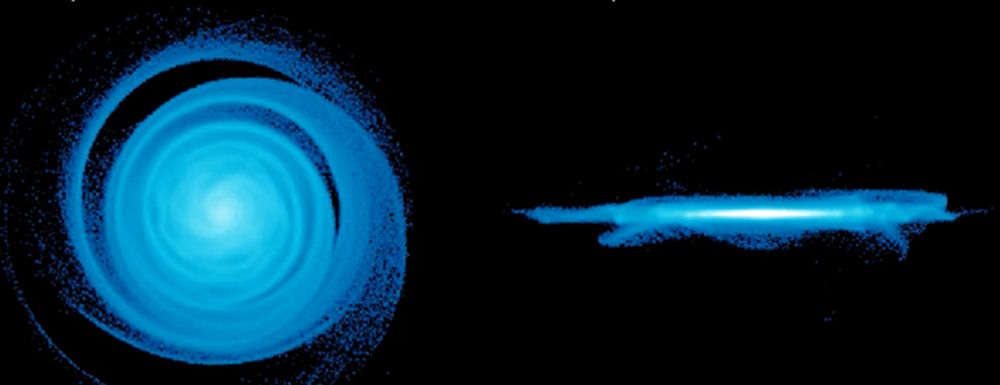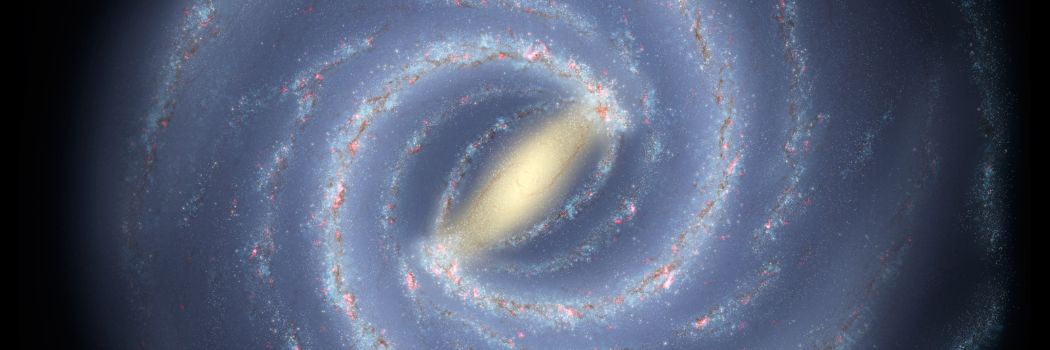Anyone familiar with astronomy will know that galaxies come in a fairly limited range of shapes, typically; spiral, elliptical, barred-spiral and irregular. The barred-spiral galaxy has been known to be a feature of the modern universe but a study from astronomers using the Hubble Space Telescope has recently challenged that view. Following on observations using the James Webb Space Telescope has found the bar feature in some spiral galaxies as early as 11 billion years ago suggesting galaxies evolved faster in the early Universe than previously expected.
Continue reading “Galaxies Evolved Surprisingly Quickly in the Early Universe”The Oldest Known Spiral Galaxy Has Ripples Like the Surface of a Pond

Astronomers have detected pond-like ripples across the gaseous disk of an ancient galaxy. What caused the ripples, and what do they tell us about the distant galaxy’s formation and evolution? And whatever happened, how has it affected the galaxy and its main job: forming stars?
Continue reading “The Oldest Known Spiral Galaxy Has Ripples Like the Surface of a Pond”The Latest JWST Image Pierces Through a Shrouded Star-Forming Galaxy

Sometimes an image is so engrossing that we can ignore what it’s telling us about its subject and just enjoy the splendour. That’s certainly true of this image of NGC 5068 released by the ESA. But Universe Today readers are curious, and after enjoying the galactic portrait for a while, they want to know more.
Continue reading “The Latest JWST Image Pierces Through a Shrouded Star-Forming Galaxy”
